QuestionHi, we just got some fish from a friend and I have never had any luck with fish. There was 2 slightly big goldfish, an alge eater, a small blue fish and a small pink fish , which I have no idea what they are. Anyways, the tank they are in is 10 gallons. What I would like to know is ...is it nessecary to run the pump and the filter thingy at the same time? I hope you understand what Im asking, lol. The pump being the thing that goes in the bottom of the tank that shoots out little bubbles and then the filter thingy is the thing in the back with the water overflow. Any help you can give me will be greatly appreciate.
Candie
AnswerHi Candie;
Yep, I understand. ;-)
Since there are so many fish in this small tank you should run both all the time. Goldfish get pretty big (6 to 8 inches) and need at least ten gallons just for one fish as they get larger. Once they reach 4 inches or so they will need a 20 gallon tank. The air added to the tank along with the filter will keep it well-oxygenated for such a heavy load of fish.
The filter should never be turned off except for cleaning. There are important colonies of beneficial bacteria that grow in it and if it gets turned off for more than a few minutes the bacteria begin to die. This bacteria is what consumes the fish waste toxins. If the tank is new, the bacteria isn't even growing yet and has to go through the "break-in period" in order for that to begin. This means you will have to be making some partial water changes to remove the toxins until the bacteria can take over. Even if the tank was already established and was just moved to your house it can go through a "mini" break-in and will need water changes to keep the toxins under control until the bacteria balance recovers. Here is my article about the break-in period just in case you need it;
**********
New Tank Syndrome or Break-in Period
So you have a new tank and you filled it up, put the filter together, mounted the heater into place and turned on the lights. You have all the plants and decorations where you want them....
You are ready for fish.
But, your filter is not ready for a full tank of fish yet.
The filter is running and moving the water and cleaning out crud, right? Of course!
But a very important part of your filter is the part you can't see. An aquarium filter removes the larger visible stuff, but it also must remove the dissolved fish waste that turns into ammonia in the water. To do this, special bacteria must grow in the filter system and on the particles of gravel in the bottom of your tank. This process occurs even on a limited scale in little fish bowls that have no filter in them.
This is "New-Tank Syndrome" or the "Break-in Period". The entire process takes 6 to 8 weeks to complete because these "nitrifying" bacteria grow quite slowly.
Start off with only one or two hardy fish (no more than 2 total inches of fish) for every ten gallons of water and don't add more until the 6 to 8 weeks has gone by. Hard to be patient, but it is worth it to keep your fish alive and healthy. As a matter of fact, the bacteria cannot develop without fish in the tank. You can let that tank sit forever without fish in it, but as soon as the first fish goes in the process begins. Avoid changing the filter pads during break-in. This removes the bacterial colonies that are essential to a balanced aquarium. You can rinse the filter pad out in a container of aquarium water. This will preserve most of the bacteria colonies while still allowing your filter to flow freely. Even using bacteria additives and water conditioners when you first set up the tank will not make a tank begin the cycle by itself. If there are no fish to provide food (fish waste) for the bacteria, the beneficial bacteria cultures will die and you will have to start the colonies all over again once fish are added to the tank. Once the tank has completed the initial cycle, you can change the filter pads every 4 weeks or so. But for now, just rinse them.
Feed your new fish VERY lightly. Any excess food will cause additional waste your system cannot afford to have right now. If you see food floating around or lying on the plants and gravel after five minutes, too much food is going into the tank. Cut back a little each time you feed until it is ALL gone 5 minutes after you feed them. Feed them once a day.
During this "break-in period" your tank will become cloudy and milky looking. You may have to tolerate this for the entire break-in period but it is only temporary. Changing 25% of the water three times a week until the break-in period is over helps a great deal. Changing water reduces the ammonia and nitrites that rise while the bacteria continues to multiply. If ammonia and/or nitrites become too high, your fish will become stressed and possibly die. Use a good water conditioner when you replace the water and make sure it is the right temperature to avoid shocking your fish.
When the break-in is over after 6 to 8 weeks and there are no nitrites or ammonia present in the water you can slowly add more fish. Add one or two every week until you reach the desired population. This allows the bacteria to adjust to the new population every time before adding more. Monitor the nitrites and ammonia to be sure they don't come up. If they do, make a 25% water change and check them again. Don't add the next fish until the levels are down again.
The safe maximum population for any size tank is one inch of adult fish for every gallon of water in the tank. Do some research to be sure of the fish you are interested in. Even though they are small when you buy them, you have to base your population calculations on full-sized adult fish. Many hobbyists have up to two inches per gallon but this can be risky. If a water quality issue arises or a disease occurs it will spread fast and furious in an over-populated tank. In any case, 25% water changes every week to two weeks are absolutely essential for the health of your fish.
Following these guidelines will help you get your new tank on the right track.
**********
Followups welcome
At Your Service;
Chris Robbins
Come on over and join us on the freshwater fish forum at About.com to get even more information too;
http://freshaquarium.about.com/od/questionsanswers/a/naavigateforum.htm
My member name is ChrisR62. See You There!

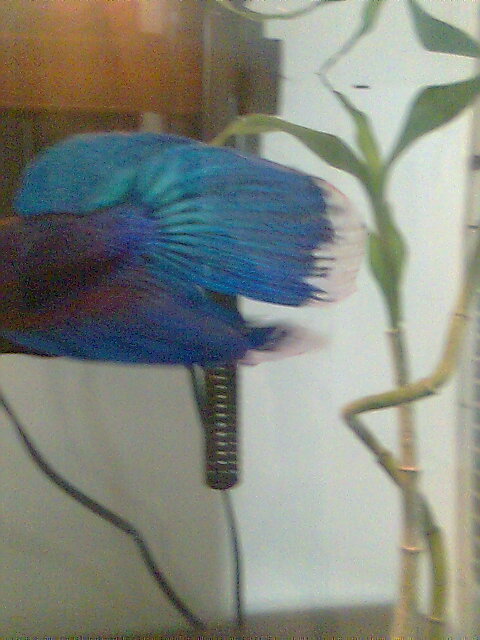 Finrot
QuestionQUESTION: Hi. I was wondering our Bettas fin is
Finrot
QuestionQUESTION: Hi. I was wondering our Bettas fin is
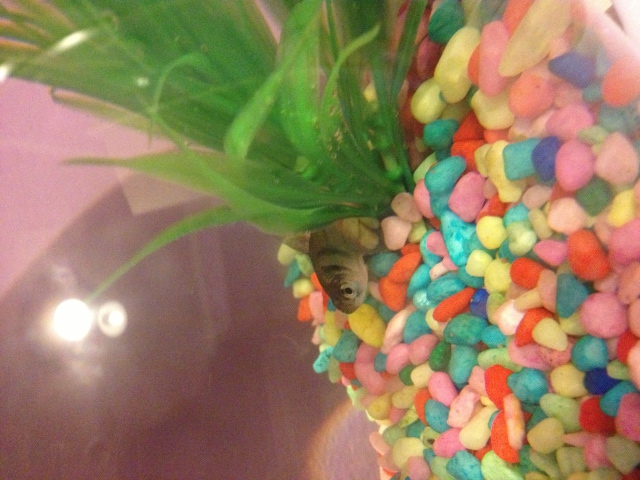 Black widow (tetra)
Question
Tetra
Hi there,
I am a very concerned f
Black widow (tetra)
Question
Tetra
Hi there,
I am a very concerned f
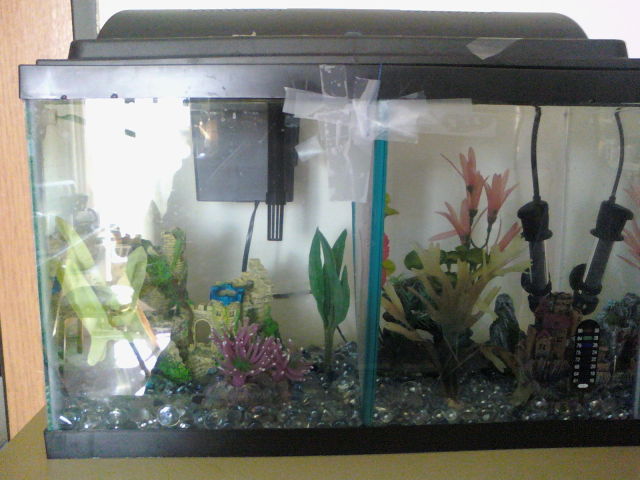 Is my filter too strong?
Question
The Home of Dorothy an
Dear Lynda,
I have a te
Is my filter too strong?
Question
The Home of Dorothy an
Dear Lynda,
I have a te
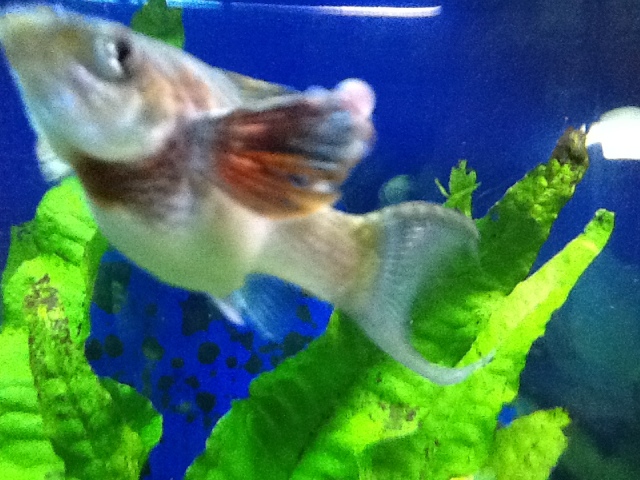 no one has any idea whats wrong with my fish
Question
molly
my molly fish about a month ago g
no one has any idea whats wrong with my fish
Question
molly
my molly fish about a month ago g
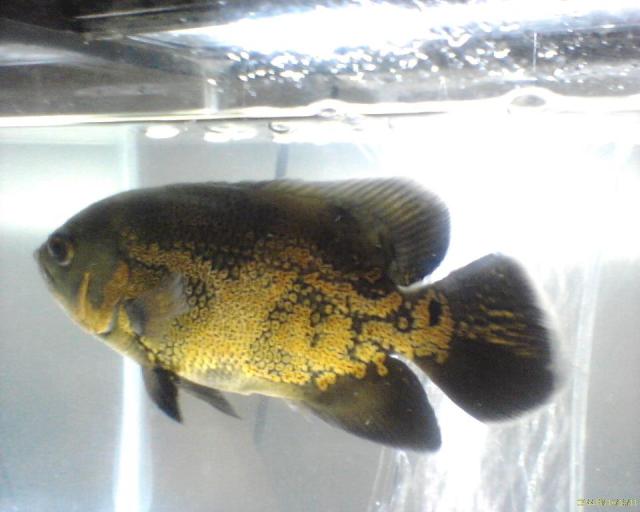 Need advice for optimal treatment of my tiger oscar Odie :)
QuestionQUESTION: Hi Jaymie my name is Melissa and my O
Need advice for optimal treatment of my tiger oscar Odie :)
QuestionQUESTION: Hi Jaymie my name is Melissa and my O